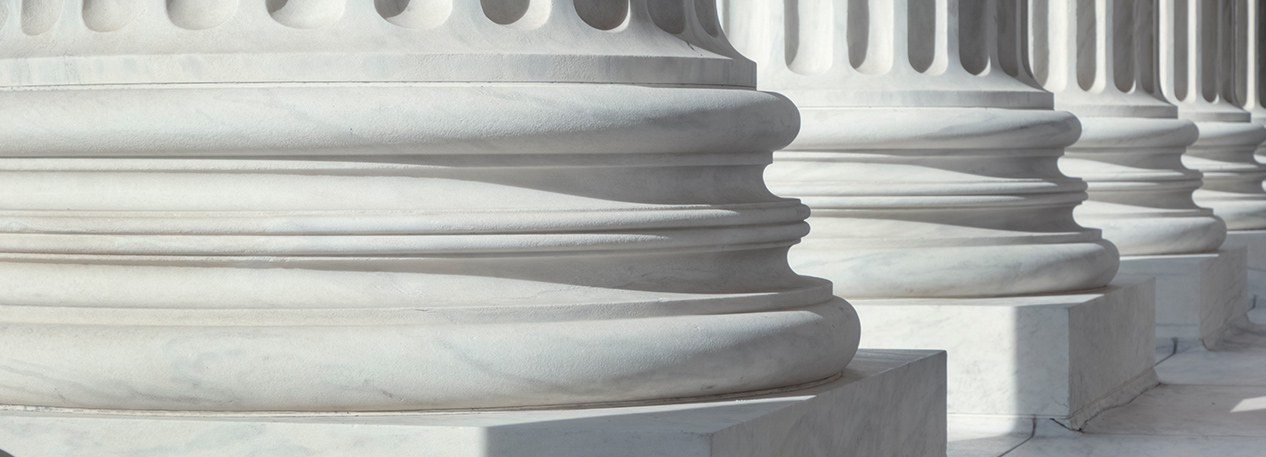After the second Bank of the United States closed its doors in 1836, the United States went through a period of approximately 76 years during which it had no central bank. Instead, the U.S. banking system during this time is generally divided into two periods: the state, or free, banking era, which ran approximately from 1837 to 1863, and the national banking era, which lasted roughly from 1863 to 1913.
Also, the United States still had no uniform national currency. State-chartered banks issued their own banknotes, and some nonfinancial companies issued notes that also circulated as currency. For example, railroads issued notes to fund construction projects, and other companies such as the New Hope Delaware Bridge Company were allowed to issue notes as well. Both the railroad and bridge company notes were used as currency.
Yet another problem facing the United States was a market crash in 1837 that resulted in a severe depression. In fact, during the period from 1837 to 1907, U.S. banks weathered—or not—a storm of runs and panics, and the nation’s economy underwent several periods of recession and depression.
No central bank. No uniform currency. An economic depression. How would the country’s economy continue to function?
After the second Bank of the United States closed its doors in 1836, the United States went through a period of approximately 76 years during which it had no central bank. Instead, the U.S. banking system during this time is generally divided into two periods: the state, or free, banking era, which ran approximately from 1837 to 1863, and the national banking era, which lasted roughly from 1863 to 1913. In an attempt to deal with this issues that arise during these two periods, a plan for a National Reserve Association of the United States was devised. Although this plan was never enacted, the debate it generated led ultimately to the creation of a bill that proposed a new decentralized central bank for the United States — the Federal Reserve System.
View the Full Article
